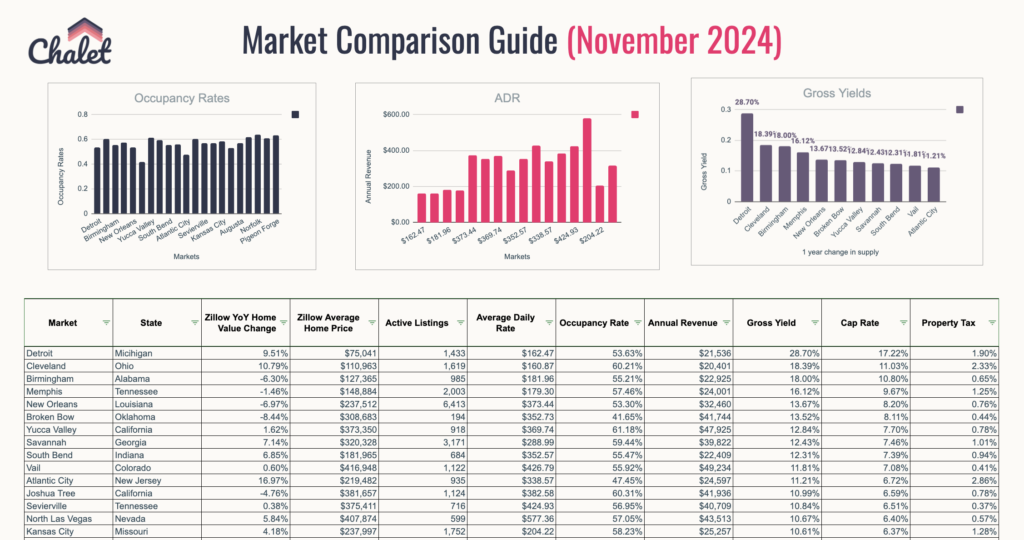Overview of Current Regulations
Big Bear City, located in the San Bernardino Mountains of California, has a well-defined regulatory framework for short-term rentals (STRs). These regulations aim to balance the economic benefits of tourism with the need to maintain community standards and address resident concerns.
Historical Context and Regulatory Developments
Big Bear City’s approach to short-term rentals is shaped by comprehensive ordinances designed to control the growth and impact of STRs. Key regulatory updates were enacted in 2021, reflecting the city’s commitment to robust enforcement and community feedback.
Current Regulatory Framework
- Licensing and Permits:
- All STR operators must obtain a valid permit from San Bernardino County. This applies to properties in mountain and desert areas rented for 30 days or less.
- The application process includes submitting detailed property information, proof of insurance, and compliance with safety and zoning codes (Short-Term Rentals) (BigBearRealEstate.com).
- Zoning and Property Types:
- STRs are primarily regulated within the residential and commercial zones of Big Bear City. Specific rules apply to different property types, including single-family homes and multifamily units.
- The city has specific guidelines for both whole-home rentals and homestays, where the owner is present during the guest’s stay (BigBearRealEstate.com) (City of Big Bear Lake).
- Safety and Compliance:
- Properties must meet strict safety standards, including fire safety measures like smoke detectors and fire extinguishers. Regular inspections ensure ongoing compliance with these standards.
- The ordinance includes requirements for noise monitoring and adherence to quiet hours, especially between 10 PM and 7 AM (BigBearRealEstate.com) (City of Big Bear Lake).
- Occupancy Limits and Guest Behavior:
- Occupancy limits are set to prevent overcrowding, typically allowing two adults per bedroom plus two additional adults, with a maximum occupancy limit of 16 individuals per property.
- Guests must sign a “Good Neighbor Policy” to ensure they understand and agree to comply with local regulations, including noise, parking, and trash disposal rules (BigBearRealEstate.com) (BigBearRealEstate.com).
- Tax Obligations:
- STR operators are required to collect and remit the Transient Occupancy Tax (TOT), which supports local services and infrastructure.
- Regular reporting and timely payment of these taxes are mandatory, with penalties for late payments or non-compliance (BigBearRealEstate.com).
Top 200 Airbnb Rental Markets

Instantly compare top 200 short-term (Airbnb) rental markets in the US
Enforcement and Future Considerations
Big Bear City takes a proactive approach to enforcement, with dedicated personnel addressing complaints and conducting inspections. The city has implemented significant fines for non-compliance, ensuring that operators adhere to established rules. New measures may include increased use of technology for monitoring and additional public input on regulatory updates (BigBearRealEstate.com) (BigBearRealEstate.com).
For property owners and investors, staying informed about local regulations and maintaining compliance is crucial. The city’s commitment to balancing tourism with community well-being means that regulations may continue to evolve, requiring ongoing attention from STR operators.
Conclusion
Big Bear City’s regulations for short-term rentals reflect a careful balance between promoting tourism and preserving community standards. By adhering to these regulations, property owners can contribute to a positive experience for both visitors and residents. For more detailed information and updates on Big Bear City’s short-term rental regulations, refer to the San Bernardino County Code Enforcement website and the City of Big Bear Lake’s official resources.

